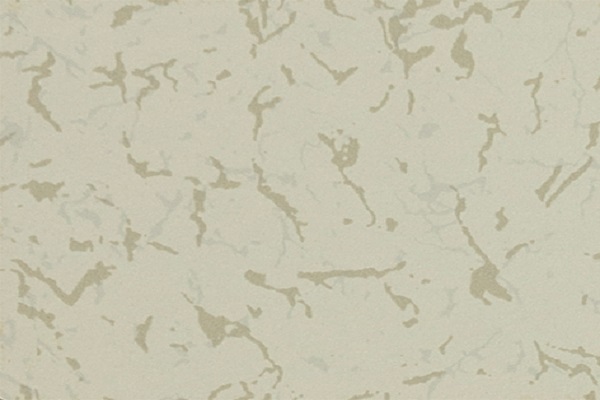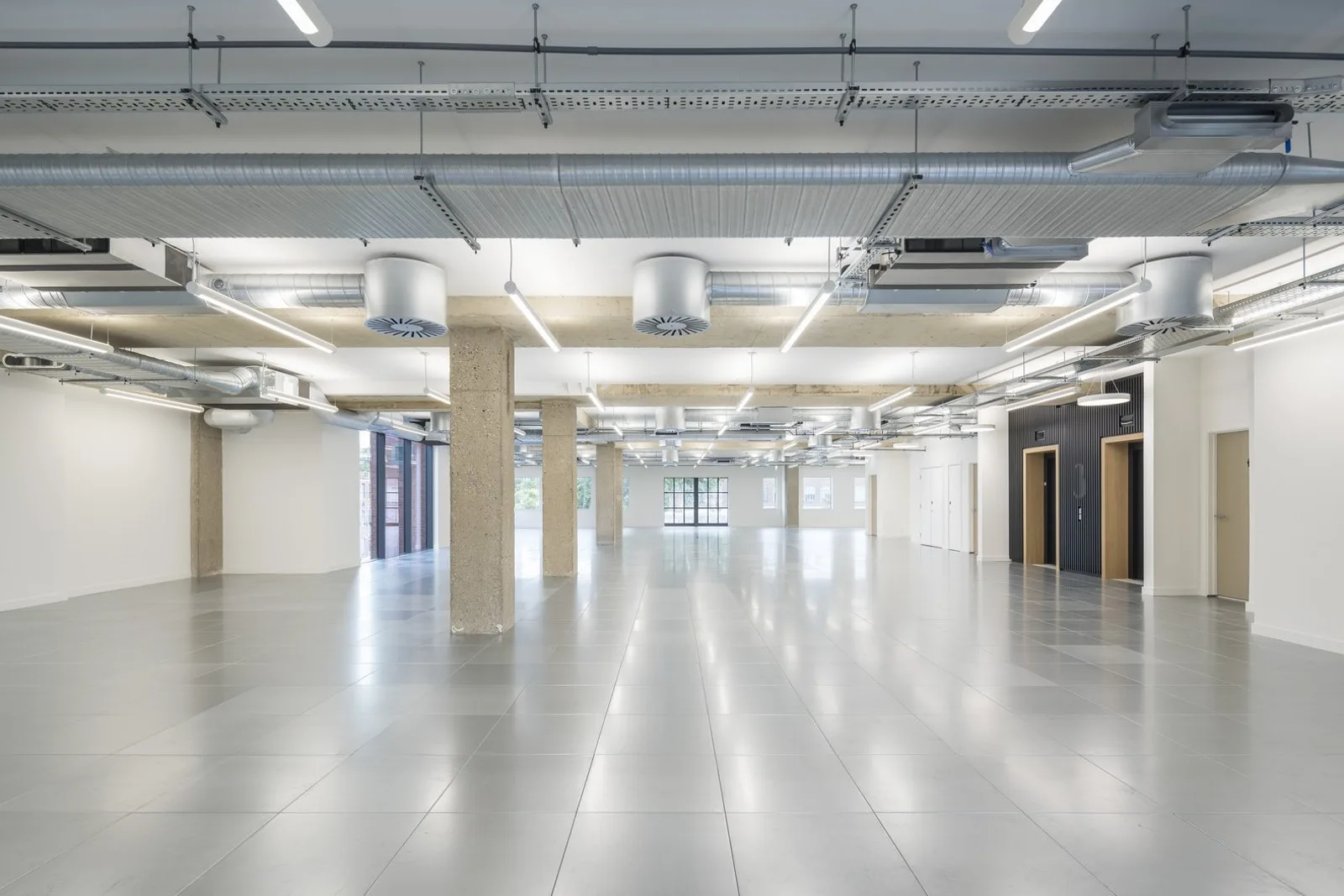Many users of anti-static raised floor reached us and asked about cracking problems in the anti-static flooring (mainly laminate HPL). Some raised floors even have just been used for one year. This not only affects the aesthetics of the entire room seriously, but also has an adverse effect on the anti static performance of HPL, the devices may fail due to the inability to release the static electricity. What should we do in this situation?
Why laminate cracks?
The main reason for HPL laminate cracking is due to that the temperature and humidity of the environment exceeds the design standards of the HPL. In a very cold or hot place, a huge change in temperature will cause the expansion and contraction of anti static flooring. Because the physical properties of HPL are hard, expansion and contraction above a certain limit can lead to cracking.
In the data center and computer room environment, there are standard regulations for the environment of anti-static flooring:
- The ambient temperature of the anti-static flooring is: 23°C±2°C, and the ambient humidity is: 45%RH~55%RH.
- During power-on environment, the ambient temperature: Class A 22±2°C, Class B 15 to 30°C, Class C 10 to 35°C; the ambient humidity: Class A 45% to 65%, B Grade 40% to 70%, Grade C 30% to 80%.

What can we do to avoid it?
To prevent the laminate cracking of anti-static flooring, an important method is to build a standardized environment. But even if you can control the environment of users, the production and transportation environment is not what you can control. So it is more important to choose high-quality anti-static flooring.
In some places as hot as the Middle East, we only provide HPL at least 1.5mm. This is because even if the customer’s environment meets the requirements, the temperature inside the containers may be as high as 70°C during transportation, it is a big pressure to our products’ quality. We use pure virgin materials, which makes HPL more resilient. In places as cold as Russia, we would advise customers to use anti-static PVC, whose physical properties are softer and more suitable for cold places. The price of anti-static PVC will be higher than the anti-static HPL.

Going back to our initial question, if cracking problem happens, what should we do? The solution is to find your supplier and replace all cracked flooring. So the best way is to avoid encountering such a situation. If you want to avoid this situation, contact us.
We still have to emphasize that the construction of a standardized use of the environment is still very important, which will extend the life of the floor.





